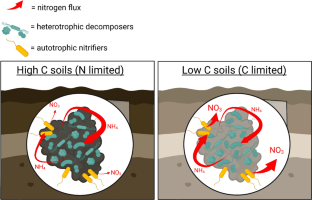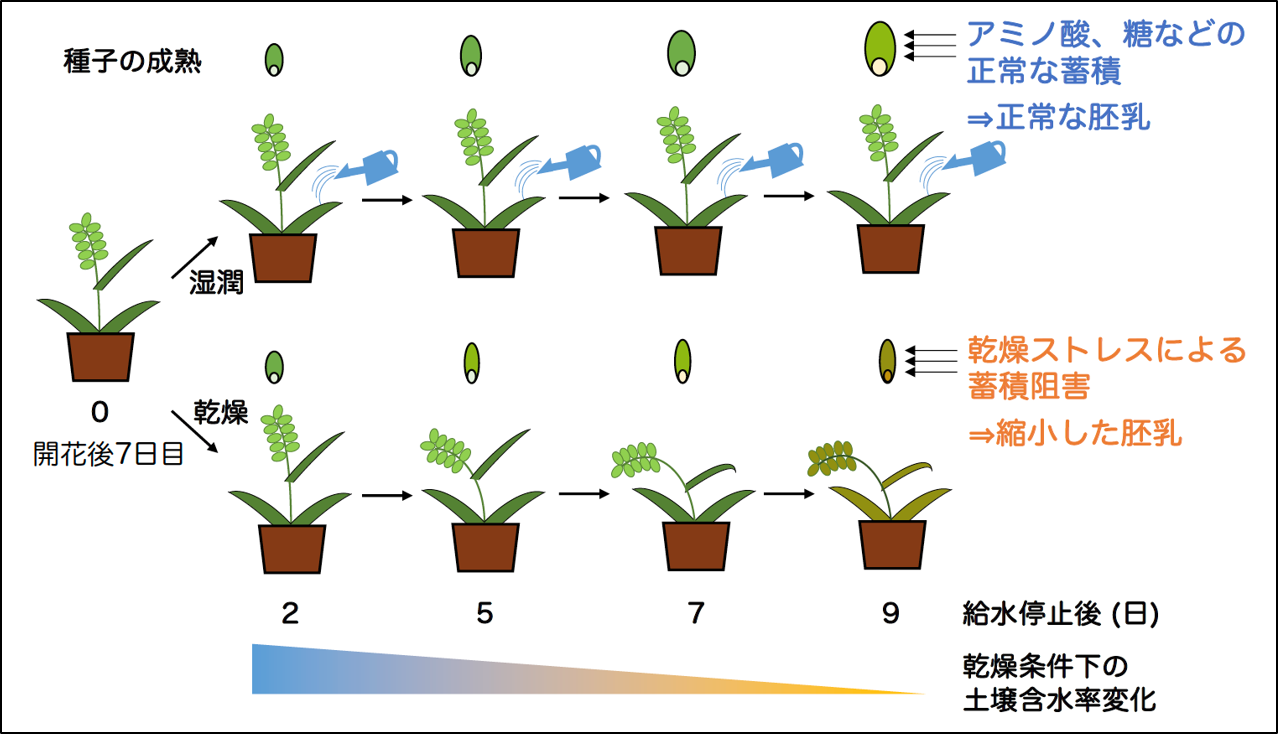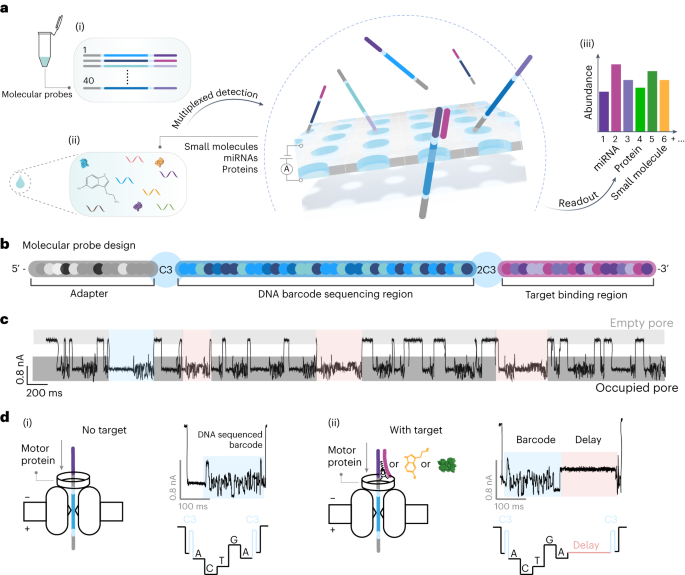2023-09-26 マサチューセッツ大学アマースト校
◆一方、炭素が少ない土壌では、微生物が窒素をアンモニウム、硝酸塩、おそらく亜酸化窒素に変える可能性が高くなります。土壌中の炭素が窒素の処理において「ゲートキーパー」の役割を果たすことが、さまざまな生態系にわたって成り立つことが明らかになりました。
◆この研究は、土壌中の炭素と窒素の関係が、南極の地下から亜熱帯までのさまざまな生態系で成り立つことを示し、微生物が土壌中で炭素と窒素をどのように処理し、生態系への影響についての新たな理解を提供しています。
<関連情報>
- https://www.umass.edu/news/article/soil-carbon-nitrogen-soil-fertility-and-climate-change-are-tightly-linked-research-led
- https://link.springer.com/article/10.1007/s10533-022-01011-w
土壌炭素の利用可能性は、米国長期生態学的研究サイト全体で正味の窒素無機化と正味の硝化を切り離す Soil carbon availability decouples net nitrogen mineralization and net nitrification across United States Long Term Ecological Research sites
A. L. Gill,R. M. Grinder,C. R. See,F. S. Chapin III,L. C. DeLancey,M. C. Fisk,P. M. Groffman,T. Harms,S. E. Hobbie,J. D. Knoepp,J. M. H. Knops,M. Mack,P. B. Reich & A. D. Keiser
Biogeochemistry Letters Published:10 January 2023
DOI:https://doi.org/10.1007/s10533-022-01011-w

Abstract
Autotrophic and heterotrophic organisms require resources in stoichiometrically balanced ratios of carbon (C) to nutrients, the demand for which links organismal and ecosystem-level biogeochemical cycles. In soils, the relative availability of C and nitrogen (N) also defines the strength of competition for ammonium between autotrophic nitrifiers and heterotrophic decomposers, which may influence the coupled dynamics between N mineralization and nitrification. Here, we use data from the publicly available US National Science Foundation funded Long Term Ecological Research (LTER) network to evaluate the influence of soil C concentration on the relationship between net nitrification and net N mineralization. We found that soil C availability constrains the fraction of mineralized N that is ultimately nitrified across the continental gradient, contributing to reduced rates of nitrification in soils with high C concentrations. Nitrate, which is produced by nitrification, is a highly mobile ion that easily leaches to aquatic ecosystems or denitrifies into the greenhouse gas nitrous oxide (N2O). Understanding the connection between soil C concentration and soil N transformations is thus important for managing potential ecosystem N losses, understanding the biogeochemical constraints of these losses, and accurately representing coupled C-N dynamics in ecosystem models.


